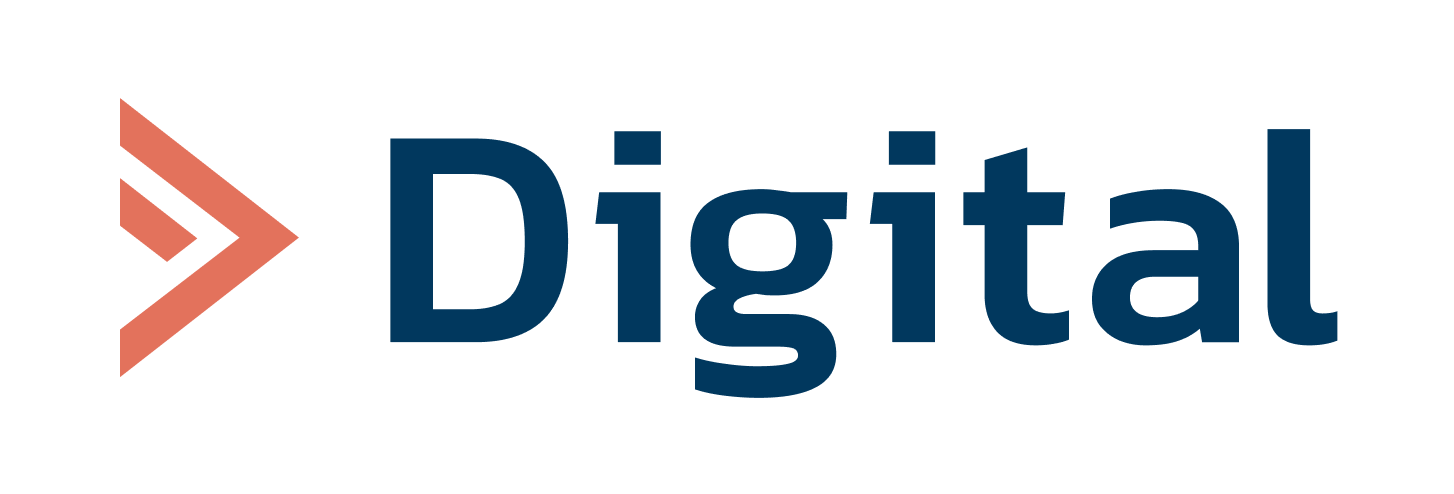We see MedTech today as a structural pillar of healthcare: tests and analyzers, monitors and pumps, CT/MRI and ultrasound scans, implants and disposables, as well as software for monitoring. Europe spends nearly 1% of the EU’s GDP on it; this figure may look modest to some, but the effect is cumulative and systemic, implying further steady growth. The money goes into tools without which patient pathways often cannot even start.
So, what does the European MedTech market look like today? According to the latest data:
1. It was worth about €170 billion in 2024. Europe is in second place and holds roughly 26.4% of the global market – this is the scale of the infrastructure already.
2. There are more than 930,000 people employed, with each employee generating, on average, €183,000 in gross value added per year. The sector clearly shows striking productivity and drives exports.
3. There are over 38,000 registered and operating companies in Europe, 90% of which are small and medium-sized enterprises (SMEs – companies with less than 250 employees). This explains the high speed of bringing solutions to market via partnerships and consortia; in practice, it looks as follows:
– SMEs make “pieces” (sensors, software, algorithms, and consumables). When they join up with partners, a complete product emerges.
– Sharing heavy costs. Clinical studies, MDR/IVDR, cyber security, and post-market surveillance – these processes are expensive and slow. In a consortium, costs are shared and a common evidence base is used, saving months.
– Access to channels and reimbursement. Small players struggle to enter large tenders and reach payers; however, a partner with distribution/a platform/a registry (DiGA, TeleMonitoring, etc.) can “pull” the product into the system.
4. 15,701 patent applications were filed in 2024 – the field ranks 4th among all technology areas at the European Patent Office. Yes, after hyperactive years, the pace cooled slightly (a 3% dip), but a high plateau signals selection of projects with real clinical and business value.
5. MedTech spending equals about 7.7% of Europe’s total health expenditure (i.e. less than 1% of the GDP), or roughly €319 per person on average.
It is fair to say that digital health is moving from the pilot stage to stable billing. Once digital solutions gain permanent payment rules (codes, tariffs, payer contracts), they no longer need to be continuously tested and can be prescribed routinely and invoiced. This can be seen across several EU countries.
In Germany, a physician can prescribe an “app by prescription,” and insurance will cover it. By the end of 2024, the DiGA registry contained 59 solutions – since 2020, more than 1 million prescriptions/approvals have been issued, with around 81% of them activated. As a result, paid expenditures reached €234 million. In other words, there is a durable procedure for listing and payment: physician → prescription → code → invoice → payment. This process is embedded not in a one-off program but in law and BfArM/GKV regulations.
In France, there are two MedTech payment scenarios. First, national reimbursement for TeleMonitoring (LATM) – the state has issued 25 brand codes and 50 generic codes for digital services so they can be priced and paid in a standard way. Second, the PECAN fast track (temporary but formalized funding of innovations) – three solutions have already received reimbursement under this mechanism. In essence, a formal path has been created for temporary financing (PECAN), after which the solution transitions to ordinary reimbursement. This operates on a permanent basis, not as ad-hoc experimental projects.
Belgium offers a notable example: as of January 1, 2025, national reimbursement has launched for TeleMonitoring and therapeutic support in chronic heart failure. In other words, what is reimbursed is not specific apps but the “care pathway” within hospitals that have signed a convention with INAMI – a standard contract between a hospital and the Belgian insurer (INAMI/RIZIV) granting the hospital the right to deliver official TeleMonitoring to CHF patients. As an INAMI representative notes: “we reimburse the pathway, not a list of apps.”


